Zurich Day Trip: Ride the World’s Steepest Funicular and Explore Hidden Alpine Gems
From Zurich to Stoos: ride the world’s steepest funicular, wander a car-free Alpine village, and hike Fronalpstock for sweeping Lake Lucerne views—an easy, unforgettable day trip..
CITY BREAKS
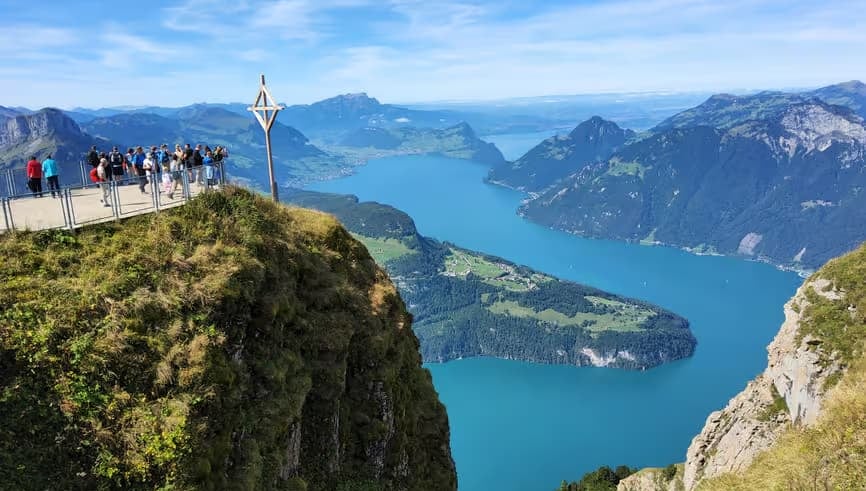

A day trip from Zurich to Stoos offers a unique chance to ride the world’s steepest funicular railway. This engineering marvel climbs an impressive 1,300 meters to a charming, car-free mountain village, giving visitors a quick escape into Swiss alpine beauty. Riding this funicular is a thrilling experience that combines breathtaking views with a smooth ascent up a nearly 48-degree slope.
Once at the top, travelers can soak in stunning panoramic views of the Swiss Alps and Lake Urner, making it a perfect spot for both hikers and photographers. The trip isn’t just about the ride—the surrounding area invites peaceful hikes along the Stoos ridge and relaxation with 360-degree mountain vistas.
This day trip also fits well into a broader Swiss adventure, often paired with other local experiences like cable car rides and lake cruises. It’s a simple yet memorable way to discover some of the best natural scenery near Zurich without straying too far.
Experiencing Zurich’s Steepest Funicular
The ride to Stoos offers a unique blend of engineering and nature. Passengers will find practical details about the railway, how to reach it from Zurich, and what the ride itself feels like, all important for planning a smooth trip.
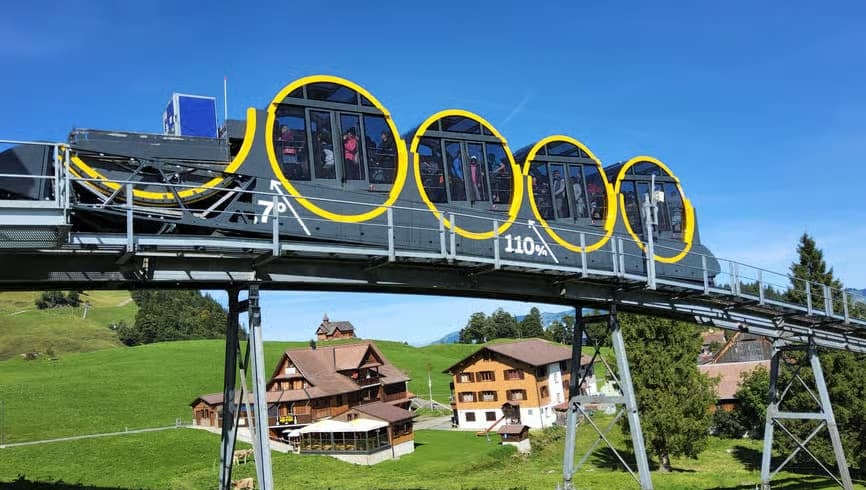

Overview of the Stoosbahn
The Stoosbahn holds the title as the world’s steepest funicular railway, with an impressive 110% gradient. It climbs from Schwyz up to the car-free mountain village of Stoos.
The funicular features rotating cabins to keep riders upright during the steep ascent. The journey covers about 1,300 vertical meters and showcases jaw-dropping views of the surrounding Swiss Alps and Lake Urner.
The railway is a modern technical marvel, combining safety, innovation, and stunning natural scenery.
How to Get to the Funicular from Zurich
Travelers start their trip in Zurich, using public transport or a direct transfer. From Zurich’s main station, a typical route involves a train ride to Schwyz, taking about an hour.
At Schwyz, the cable car base station is nearby, allowing an easy transfer onto the Stoosbahn. Some services offer direct door-to-mountain transfers from Zurich Airport or the city to make the trip more convenient.
Advance booking is recommended, especially during peak tourist seasons or weekends, to ensure a smooth itinerary.
What to Expect on the Ride
The ride itself lasts around 15 minutes and moves at a steady, comfortable pace. Passengers experience a near-vertical climb, kept safe inside the specially designed rotating cabins.
The funicular moves smoothly through alpine forests, opening up to panoramic mountain and lake views. The car-free village of Stoos at the top offers hiking trails and peaceful mountain landscapes.
It’s a unique ride that combines a sense of adventure with an engineering showcase, all surrounded by fresh alpine air.
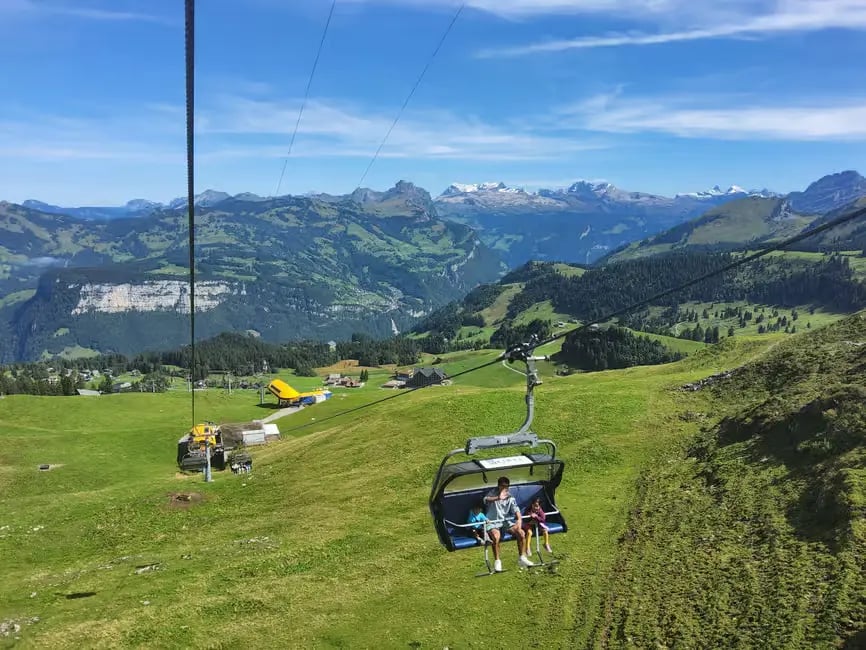

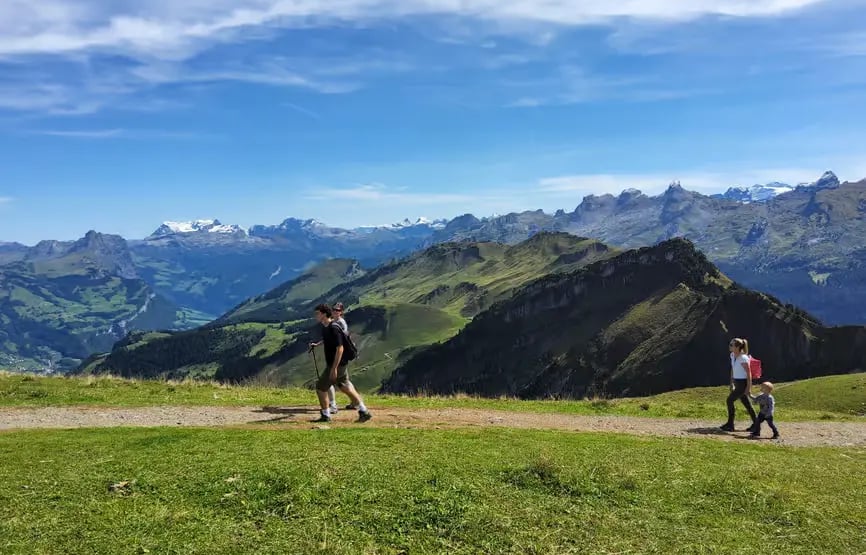

Making the Most of Your Day Trip
A day trip riding the world’s steepest funicular offers a mix of stunning views, exciting activities, and practical planning to maximize the experience. Knowing the highlights, the best time to go, and some useful advice can help travelers enjoy every moment without stress.
Top Things to Do at the Summit
Once at the summit, visitors can enjoy panoramic views of the Swiss Alps and Lake Urner. There are well-marked walking trails for different skill levels, offering peaceful nature strolls or more challenging hikes like the famous Stoos ridge hike.
Many also take time to relax and soak in the scenery, while photographers find plenty of spots for sharp mountain shots. The summit area often includes cafes or small eateries where guests can recharge with snacks or hot drinks before heading back.
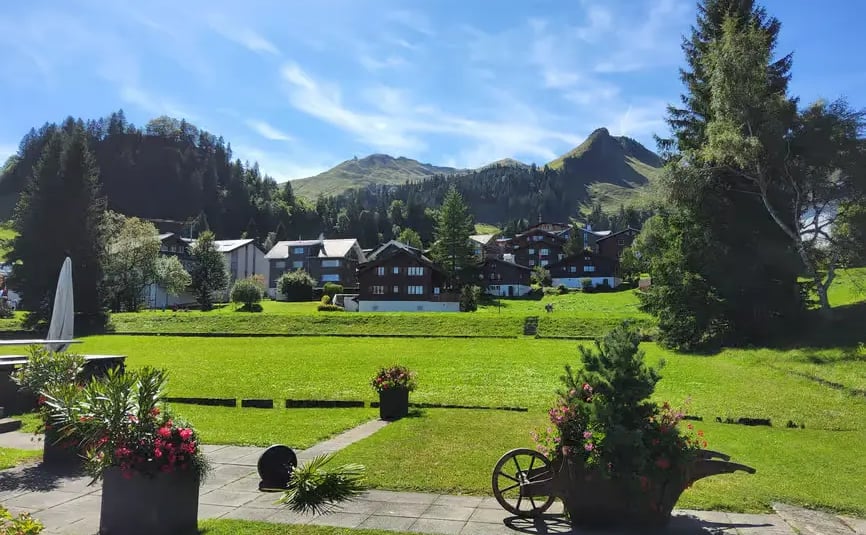

Best Times to Visit for the Ultimate Experience
The best time to visit usually depends on what kind of weather and scenery travelers prefer. Late spring and early autumn offer clear skies and moderate temperatures, ideal for hiking and photography.
Summer months bring lush green landscapes but can be busier. Winter visits provide a snowy Alpine setting but require checking weather conditions for safe travel. Weekdays tend to be less crowded, increasing comfort during rides and at the summit.
Tips for Planning Your Adventure
Booking tickets in advance is recommended to avoid long wait times, especially in high season. Starting early in the morning helps travelers make the most of daylight and miss peak crowds on the funicular.
Proper clothing is important since mountain weather can change quickly. Layered outfits, sturdy shoes, and sun protection keep visitors comfortable. Bringing water, snacks, and a camera will ensure a smooth and memorable day.
